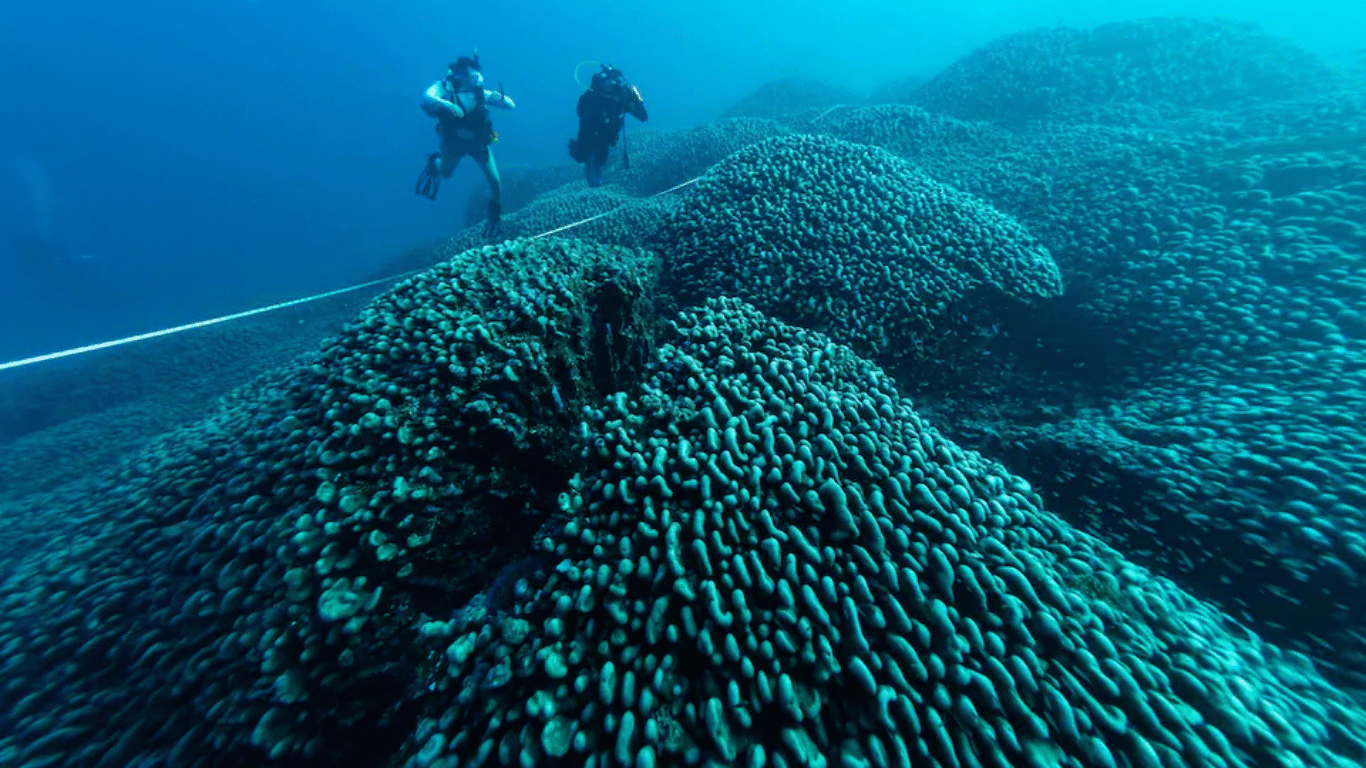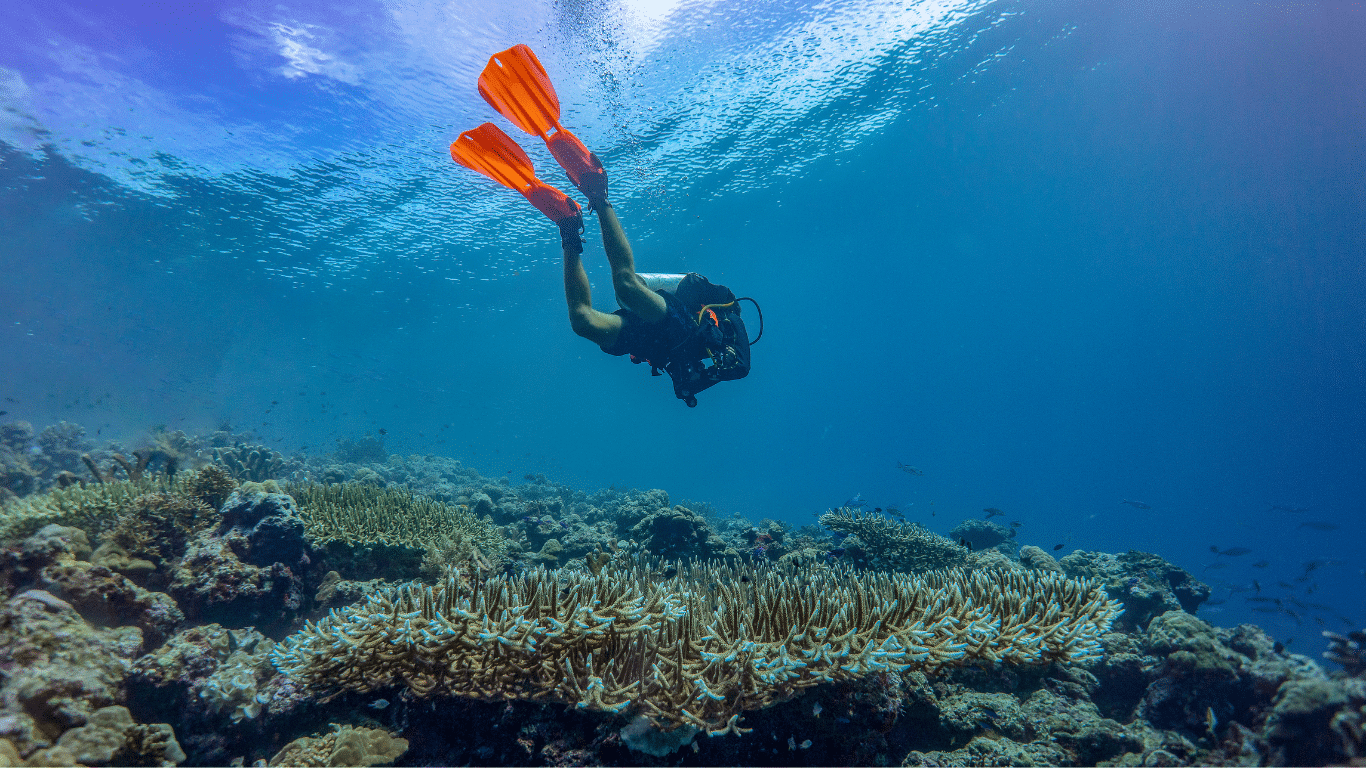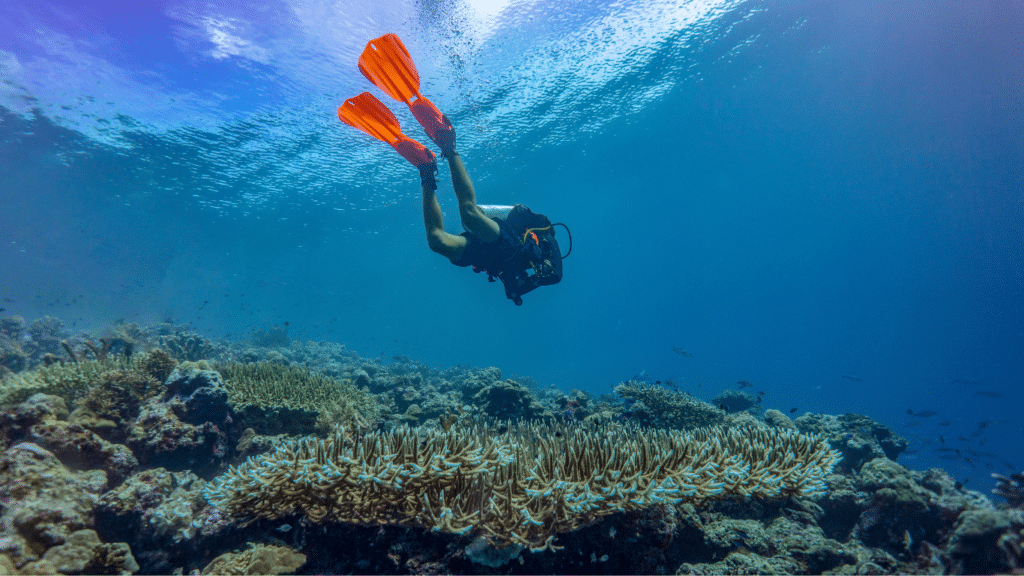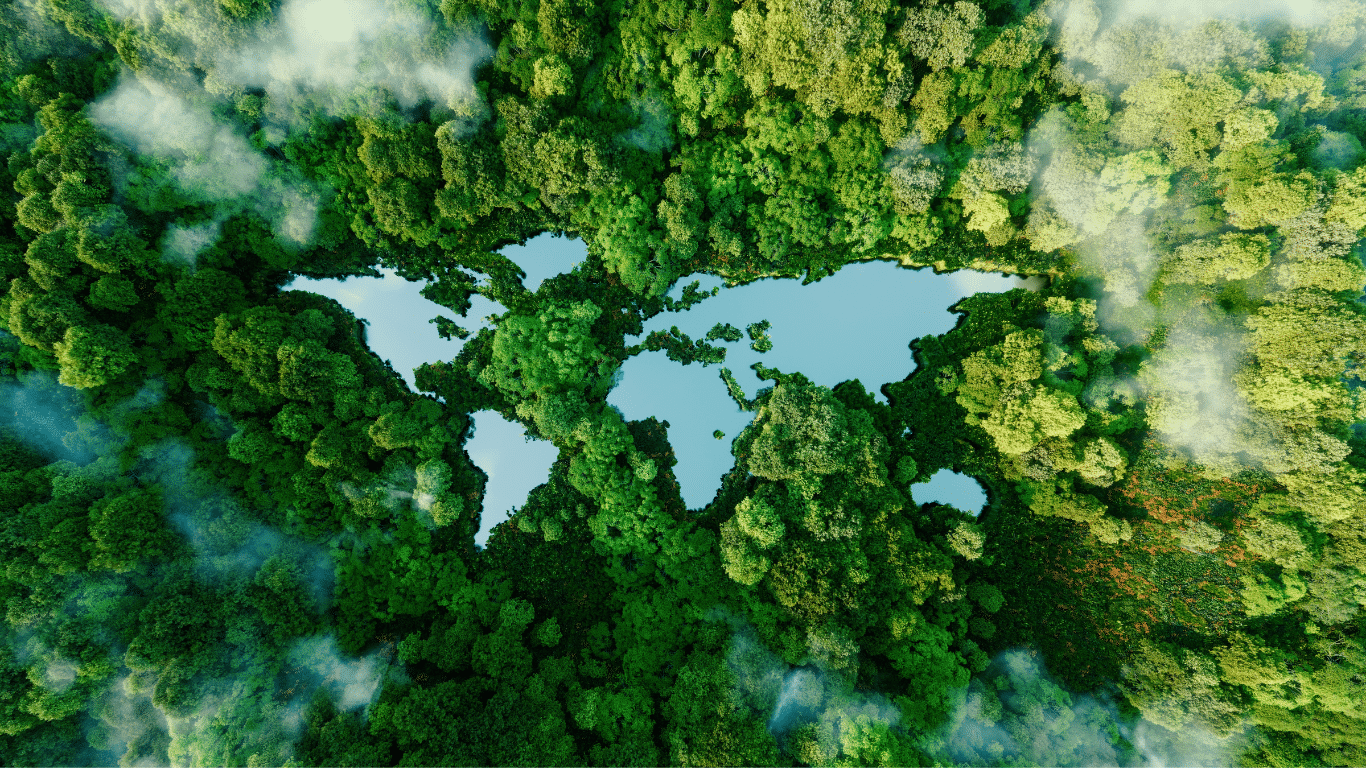Article written by Nick Squires
Originally published by The Telegraph (Nov 14, 2024)
The ‘mega’ coral is longer than a blue whale and is in glowing health despite warming seas that bleach others of its kind
Scientists have discovered the largest single coral ever recorded—so big that they had originally thought it was a long-forgotten shipwreck.
The "mega coral," which is a network of small creatures that together form one huge organism rather than a reef, was found in the waters of the Solomon Islands in the South Pacific.
Unlike coral reefs around the world that have been struck by bleaching as a result of warming seas, the newly-discovered coral is in rude health.
Measuring 112ft by 105ft and 16ft high, it is longer than a blue whale and amounts to the size of five tennis courts.
The vast coral, thought to be 300 years old, was discovered by marine scientists on the National Geographic’s Pristine Seas expedition in the Three Sisters Islands, hundreds of miles southeast of the capital, Honiara.
"Finding this mega coral is like discovering the tallest tree on earth," Enric Sala, founder of Pristine Seas, told National Geographic. "This discovery rekindles our sense of awe and wonder about the ocean."
In size, it surpassed other corals that were previously thought to be the largest on the planet, including one in American Samoa that is affectionately known as Big Momma.
It was so large, the scientists say it can be seen from space.
"While Big Momma looked like a huge scoop of ice cream plopped down on the reef, this newly-discovered coral is as if the ice cream started to melt, spreading forever along the seafloor," said Molly Timmers, lead scientist on the expedition.
‘Coral oasis’
The researchers very nearly missed it altogether—it was found the evening before they were due to move to another area.
While a coral reef is made up of multiple coral colonies, this is a single coral colony, formed by a species called Pavona clavus.
The scientists believe it consists of up to a billion coral polyps—the tiny marine animals that form corals.
"While the nearby shallow reefs were degraded due to warmer seas, witnessing this large, healthy coral oasis in slightly deeper waters is a beacon of hope," said Eric Brown, coral scientist for the expedition.
Peter Mumby, a scientist from the University of Queensland who was not part of the expedition, described the coral as "astonishingly large.".
It may have grown to such a large extent because it was located away from the Pacific’s main cyclone belt, he said.
"I would suspect in this case that this coral has existed in a very benign environment that’s sheltered from major disturbances."
"If it’s in the Solomon Islands, it won’t be subjected to very frequent major storms," Prof Mumby told the Australian Broadcasting Corporation.
The scientists embarked on the Pristine Seas expedition last month with the aim of studying the marine ecosystem of the Solomon Islands, a Melanesian island nation that lies north-east of Australia.







